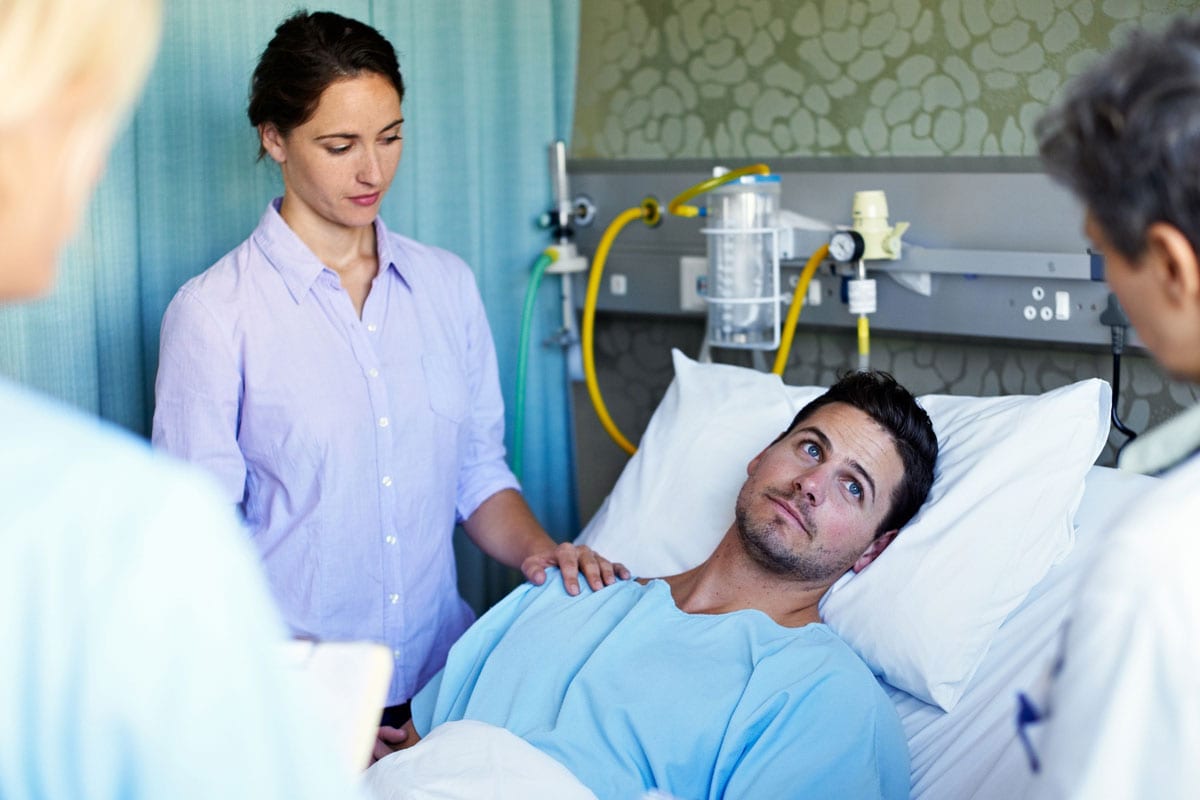A medical detox is a key part of the addiction recovery program for drug and alcohol addicts. This is the part of the recovery process that involves weaning a person off the drugs or alcohol in a controlled and safe manner.
What is a medical detox?
A medical detox can be a dangerous part of the recovery program for addicts. Most people will undergo this part of their recovery in a residential setting. This is when you would stop taking the drug and the body reacts with withdrawal symptoms. The first symptoms will start between eight and 24 hours after stopping the drug, but there are different timelines dependent on the drug you have been taking. Inpatient treatment centers in Minnesota can help patients in every possible way to withdraw symptoms in addiction recovery.
By undertaking a medical detox, a team of medical staff are on hand to manage the symptoms when they arise. The management of the detox part of recovery is the key part and can be life and death for some people.
A medical detox team will look after the medical and psychological aspect of detoxing during this process.
How long does it take for the medical detox to be complete?
Withdrawal symptoms for drugs like heroin and certain prescription painkillers can be between four to 10 days. For long-acting opioids like Methadone, Oxycodone and Morphine, then the withdrawal process might take two to four days to begin and will last around 10 days. When withdrawing from benzodiazepines like valium or Xanex, it could take up to four days for the withdrawal symptoms to begin. The withdrawal will peak in two weeks, but it could take a month or more for the whole process.
Alcohol withdrawal will be begin within hours and peak after 24 to 48 hours. The risk of seizures or the DTs can last up to three days after the last drink.
Withdrawal can take different periods of time and people will experience different symptoms dependent on which drugs they have been taking, how long they have been taking them, how much they take, how they took the drugs (intravenously, snorting, smoking or swallowing) and if there are any underlying health conditions, particularly mental health.
It is during the detox stage that relapse is the most common, which is why a medical detox in a controlled setting give you far more likelihood of success.
What would happen during a medical detox?
Everyone’s medical detox experience will be different. If someone is opting for a residential program then they will first be screened when they arrive at the facility by a team of doctors and nurses. Their overall health and mental health will be assessed. The medical will team will take blood tests to ascertain the drug levels in the person’s system. This will help them to structure the detox correctly and if they are using drugs to support the detox, how much to use.
Next doctors will prescribe and administer the addiction treatment medication to help stabilize you. This is done to help manage the withdrawal symptoms and prevent any complications.
What are the side effects of a medical detox?
The side effects will vary from person to person and it will depend upon the drug they are withdrawing from. But common side effects can include:
- Nausea
- Anxiety
- Cravings
- Mood swings
- Poor sleep
- Diarrhea
- Hot and cold flashes
- Difficulty concentrating
- Insomnia
- Hallucinations
- Psychotic episodes
In more severe cases, people can have seizures or suicidal thoughts, but that is the importance of being in a controlled and safe space and surrounded by medical staff.
The symptoms of withdrawal in cocaine users is largely psychological, as well as cravings and anxiety. Those who are withdrawing from alcohol are more likely to experience physical symptoms like seizures and an uncontrolled withdrawal can lead to death.
Some drugs are judged more dangerous than others to detox from. Alcohol and benzodiazepines are thought to be the most dangerous and opioids are the most uncomfortable to detox from.
Can I just do it myself?
Unsupervised withdrawal from drugs and alcohol can be extremely dangerous. The point of a medical detox is to manage the symptoms as they arise to keep you safe and the process controlled. If you detox without medical support, you are at risk of dehydration, seizures and other serious and potentially life-threatening complications that you are just unable to manage yourself.
Why are drugs used in a medical detox to treat drug addiction?
Detox medications are used to help ease the difficult, painful and uncomfortable symptoms that are experienced as a result of a medical detox. They also help to limit any complications that might arise as a result of a detox.
Doctors and nurses at rehabilitation centers are trained professionals in this area and know how to manage drug addiction recovery with prescribing medication as part of a medical detox.
Some of the drugs that might be used in a medical detox include Clonidine for sweating, vomiting or chills, Buprenorphine which helps with cravings and can lessen withdrawal symptoms and methadone, which helps to stabilize people who are suffering opioid addiction.
What happens after a medical detox?
Once the medical detox is complete it is then time to start the work that will ensure you don’t start taking the drugs again. This could be done in a residential or outpatient setting, and there are lots of different types of treatment depending on what works best for you.
Some people opt for one on one counselling. There are group workshops that help people share experiences and learn from each other. There is also family therapy. The family unit is key for the recovery of the majority of addicts, so helping them through this time and showing them how they can help and be productive in the recovery process, and how they can deal with some of the fallouts that will inevitably happen. Then there are support groups like Alcoholics Anonymous (AA) and Narcotics Anonymous (NA) that can help people on a day to day basis through supporting each other and sharing their experiences in a bid to help others.









1 Comment
Comments are closed.